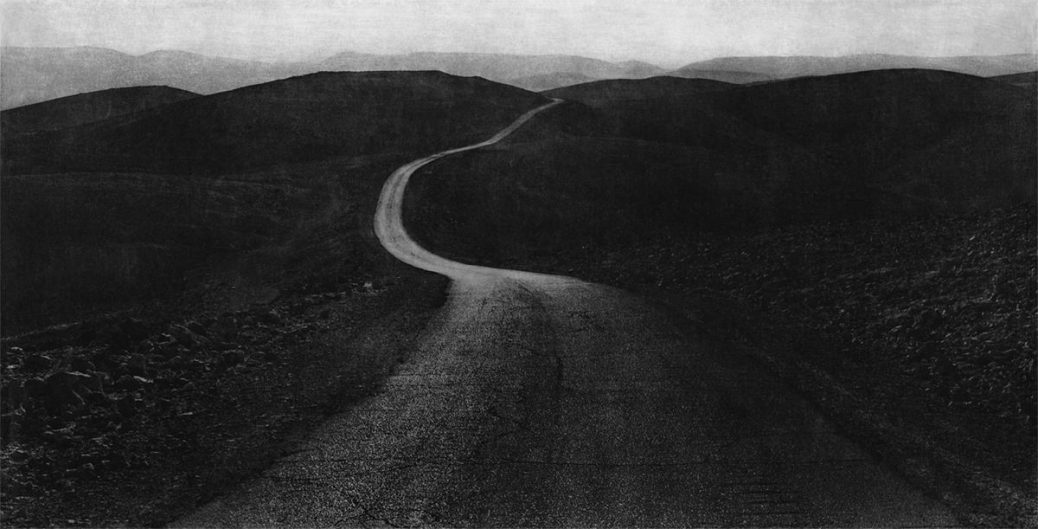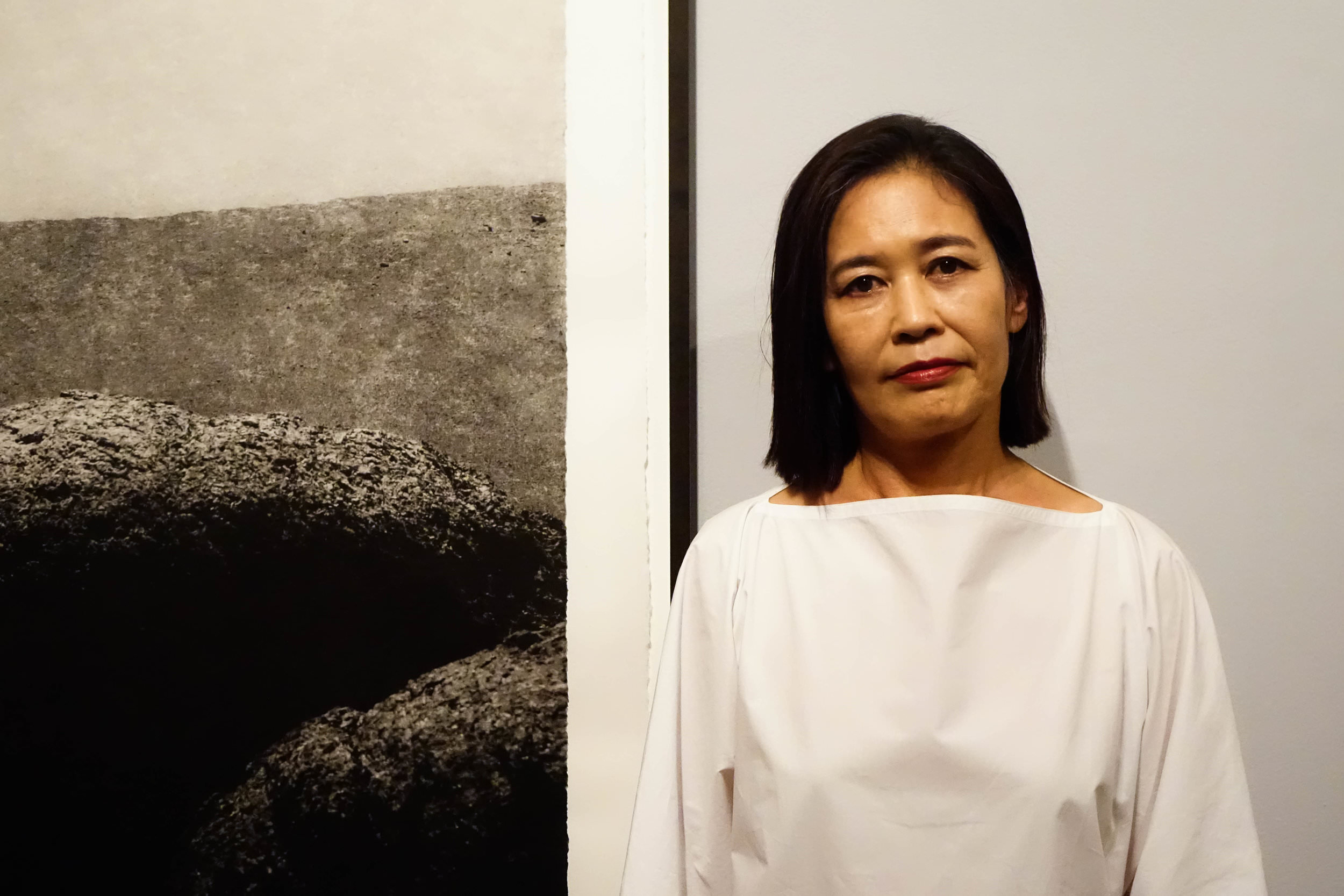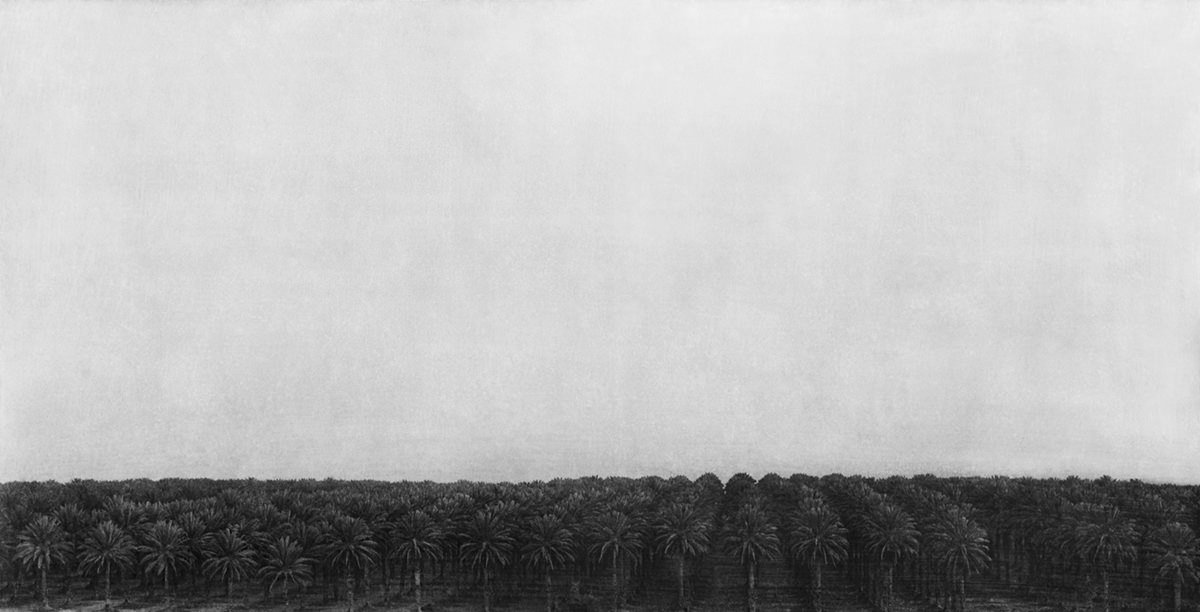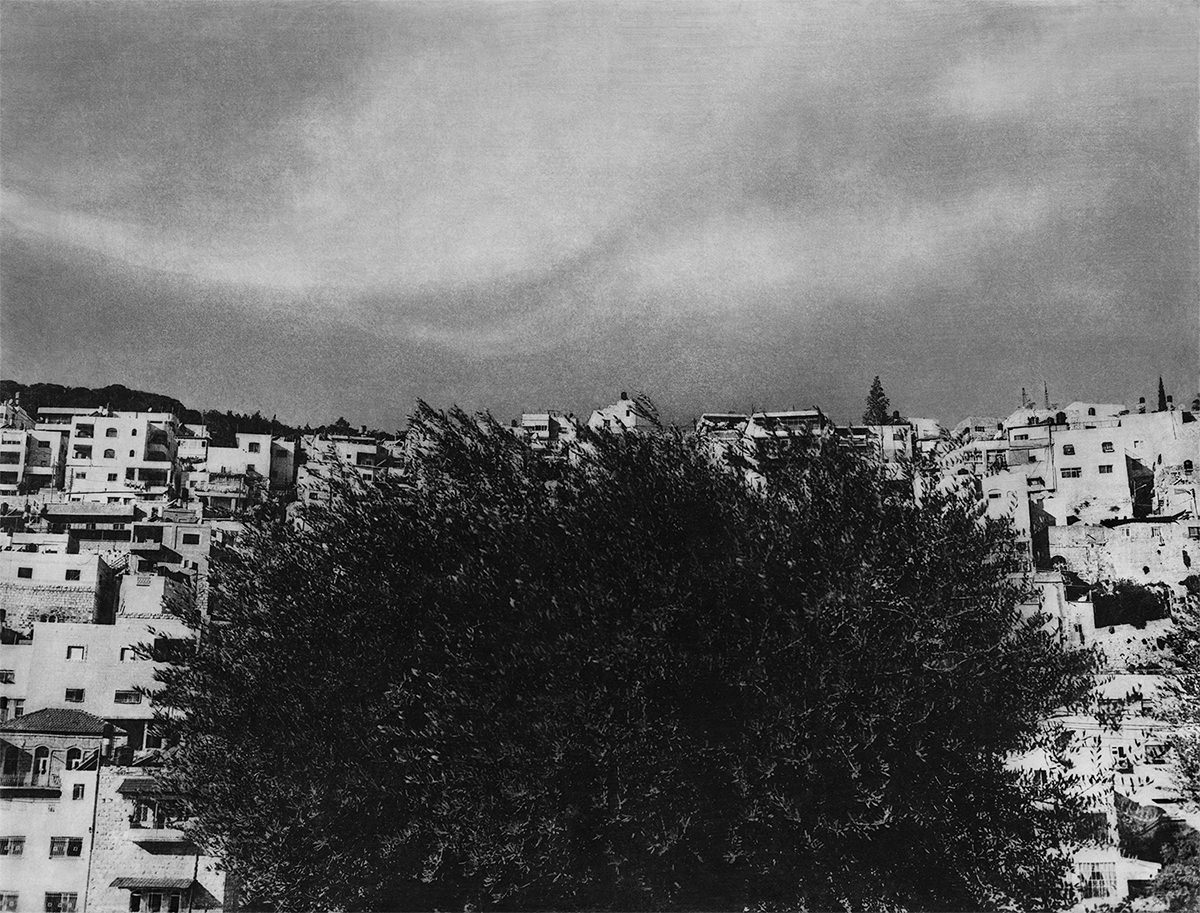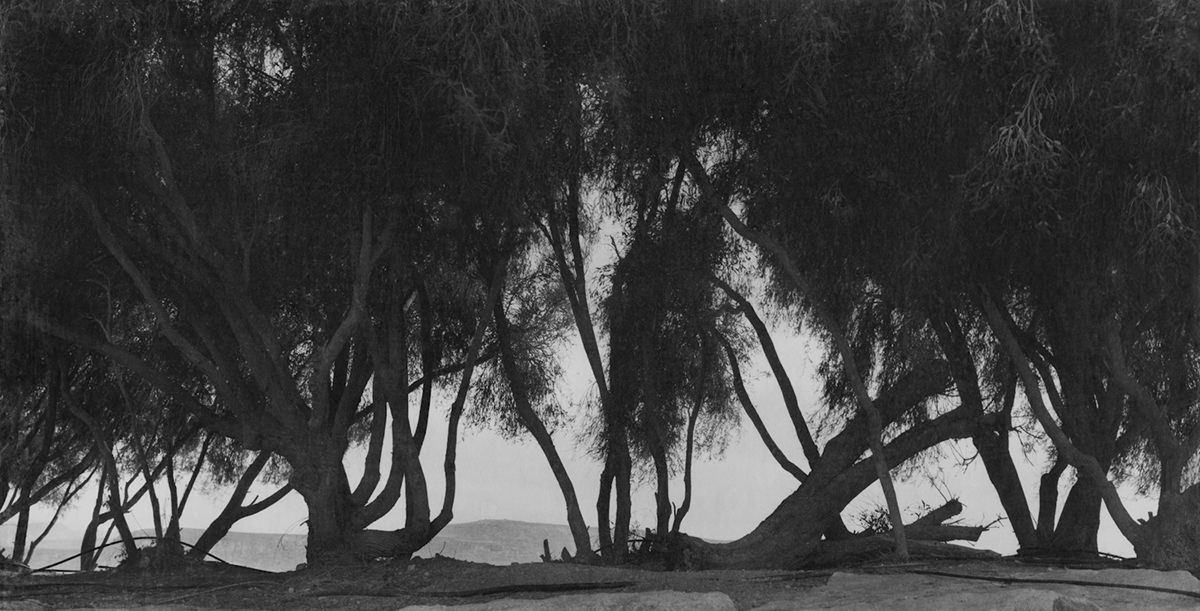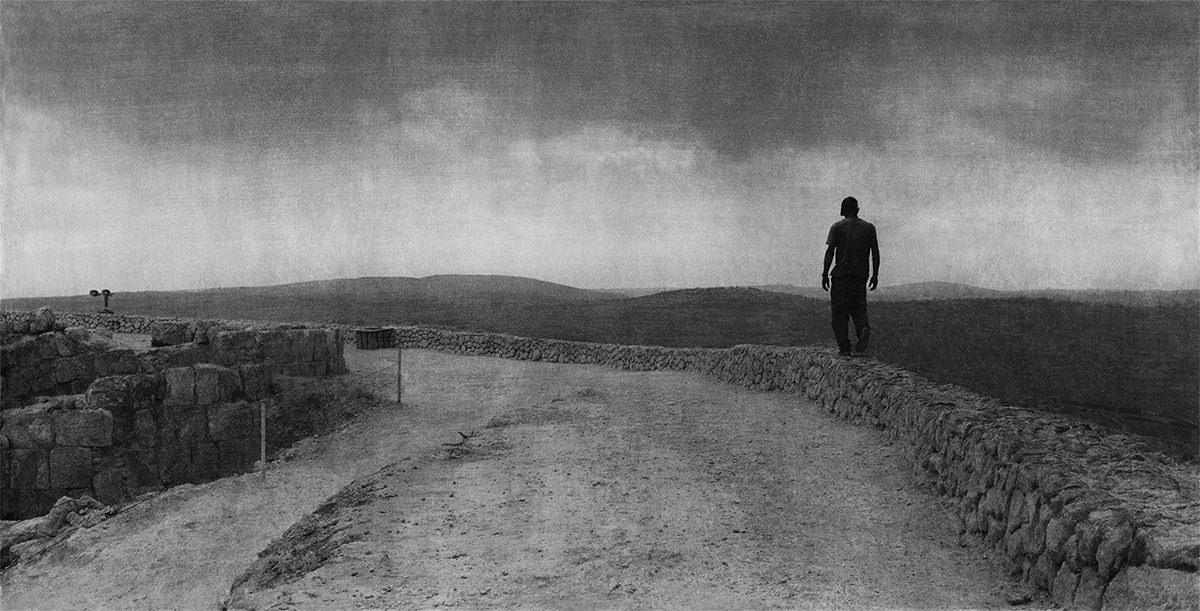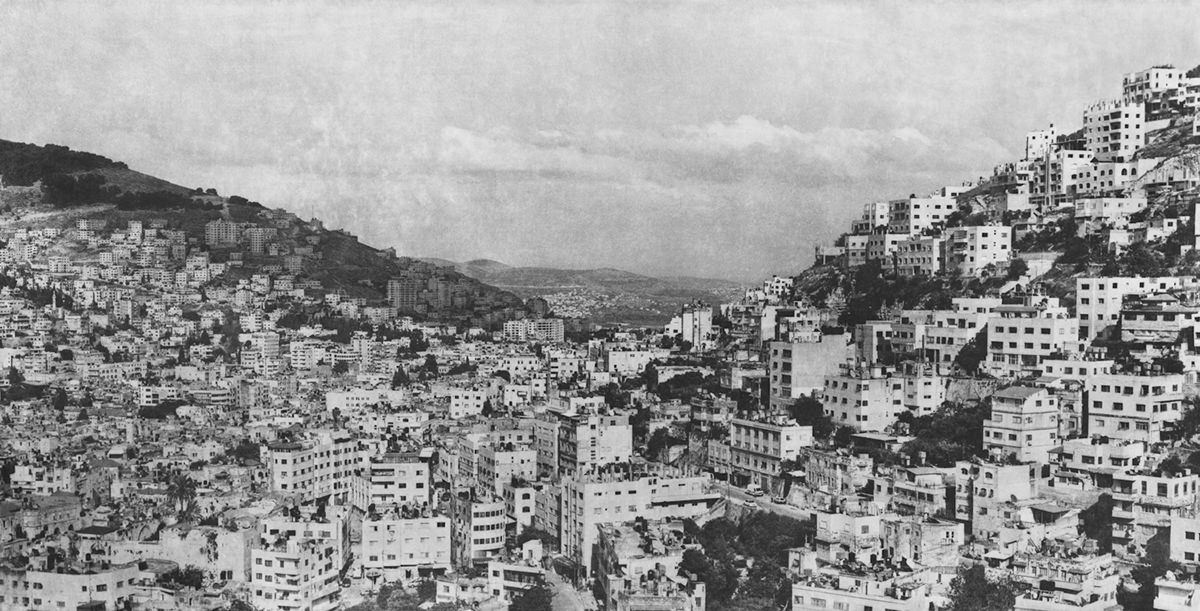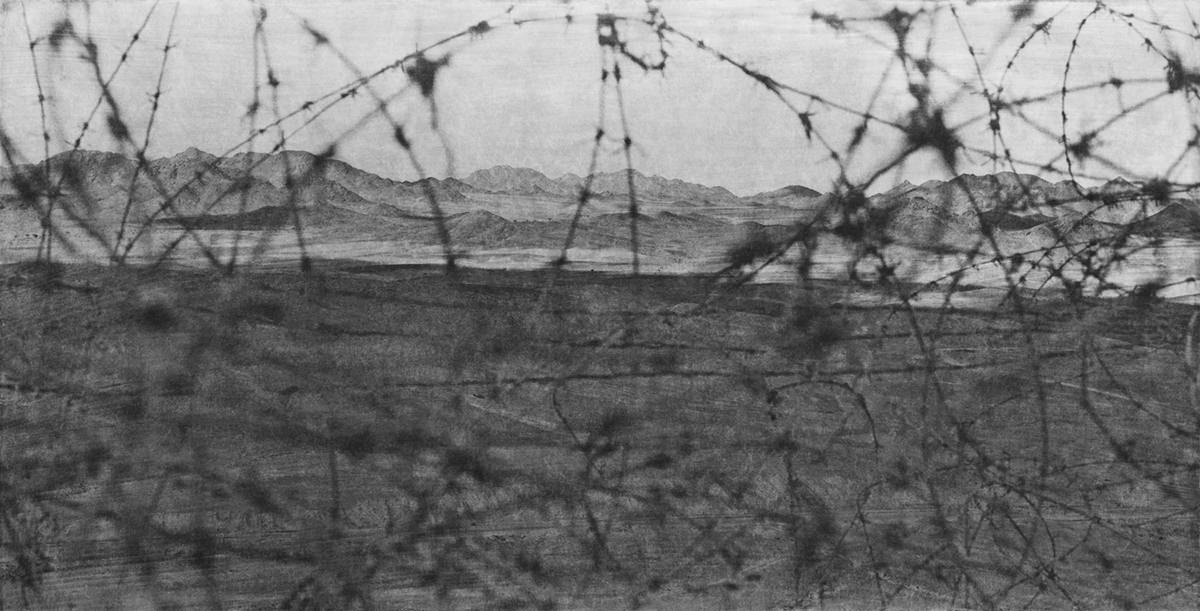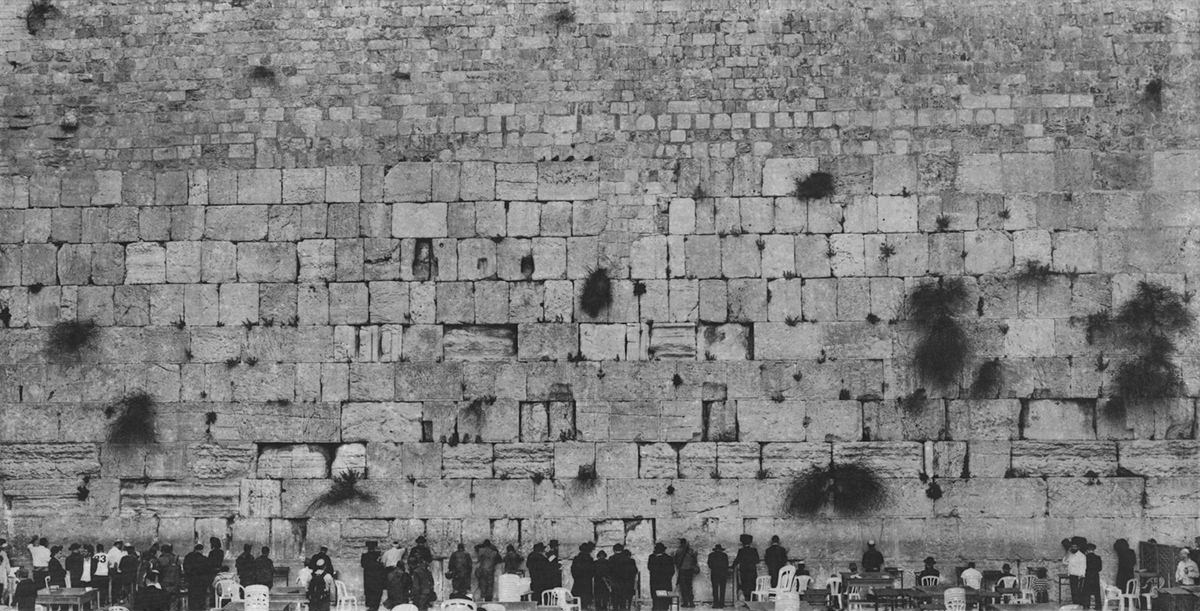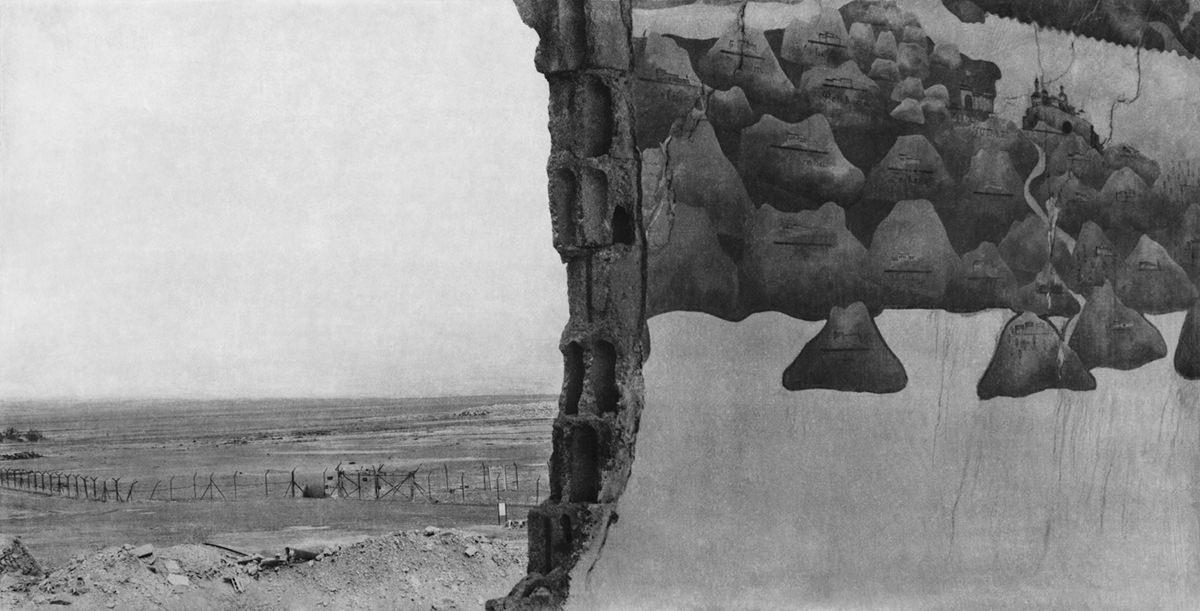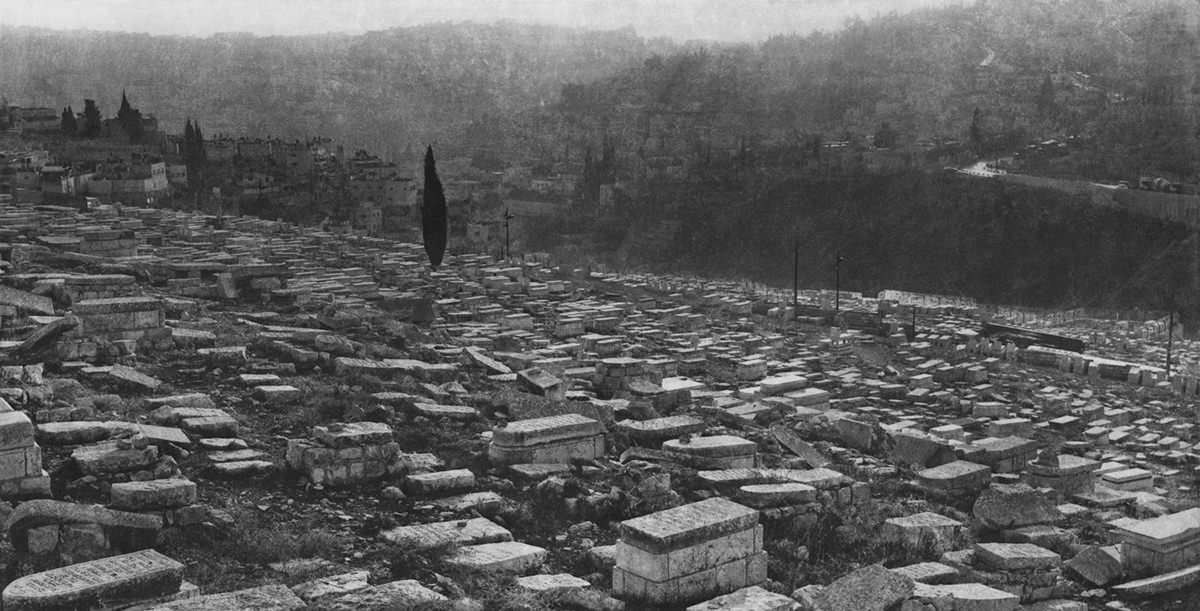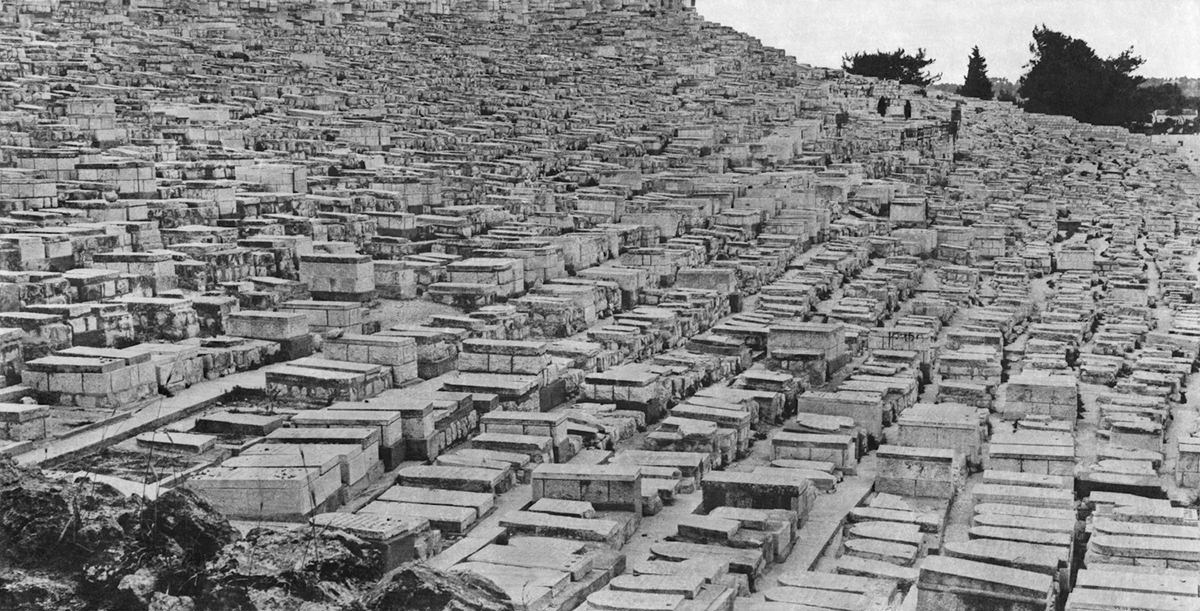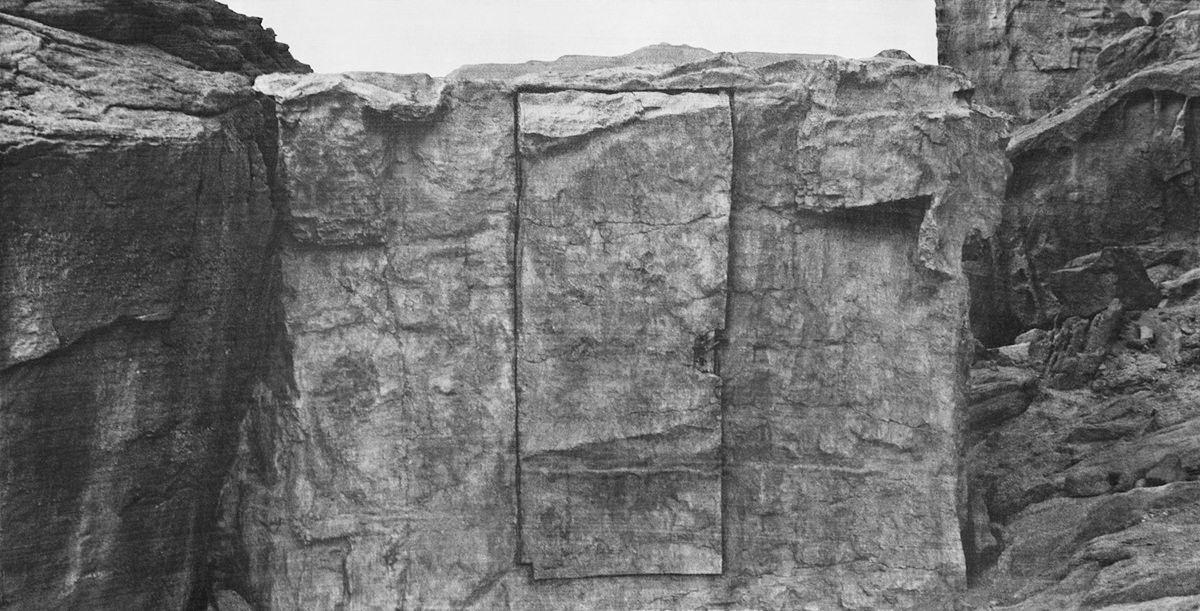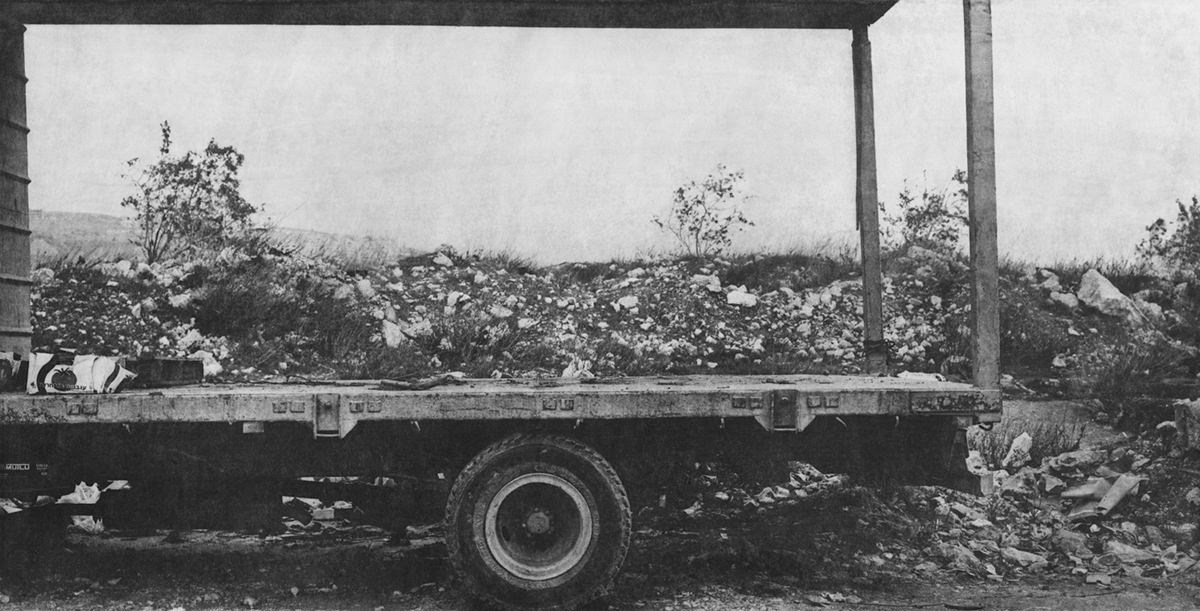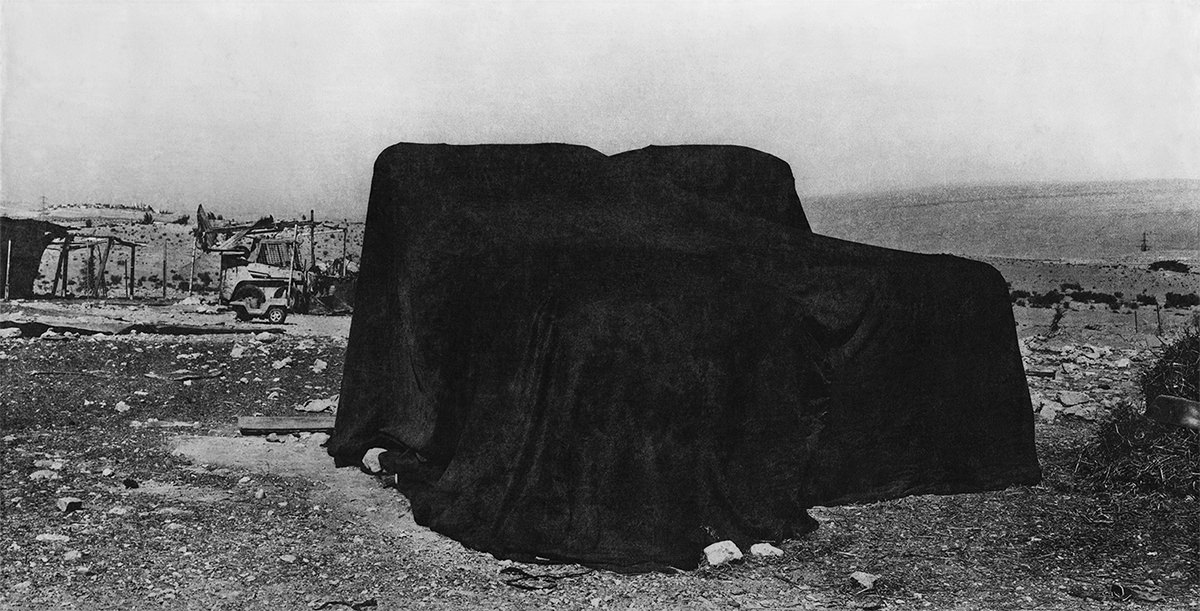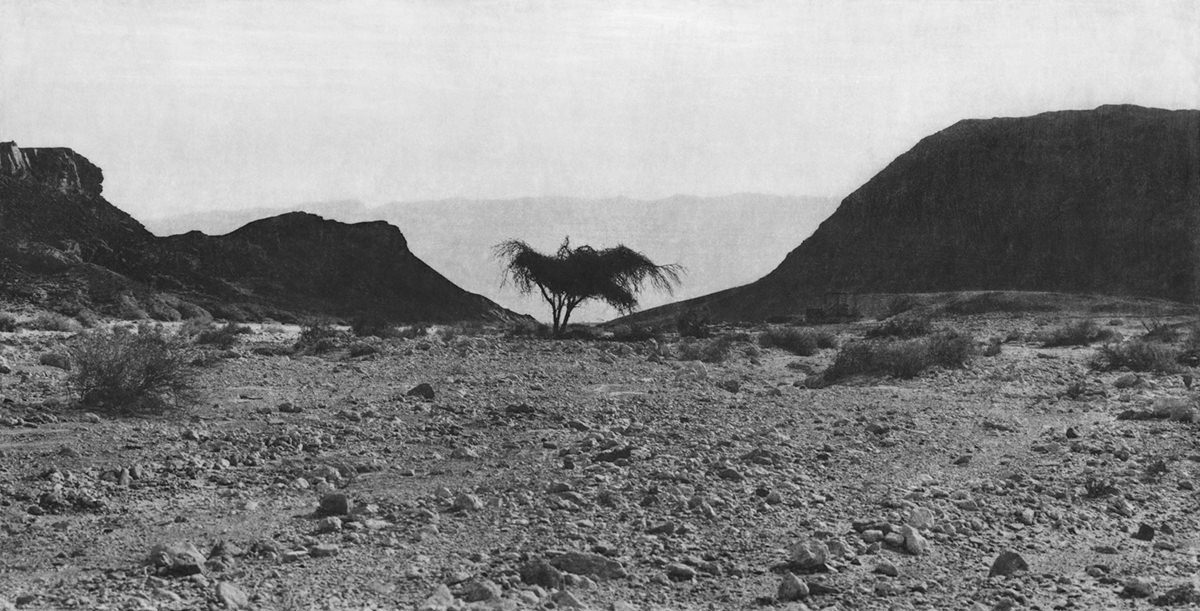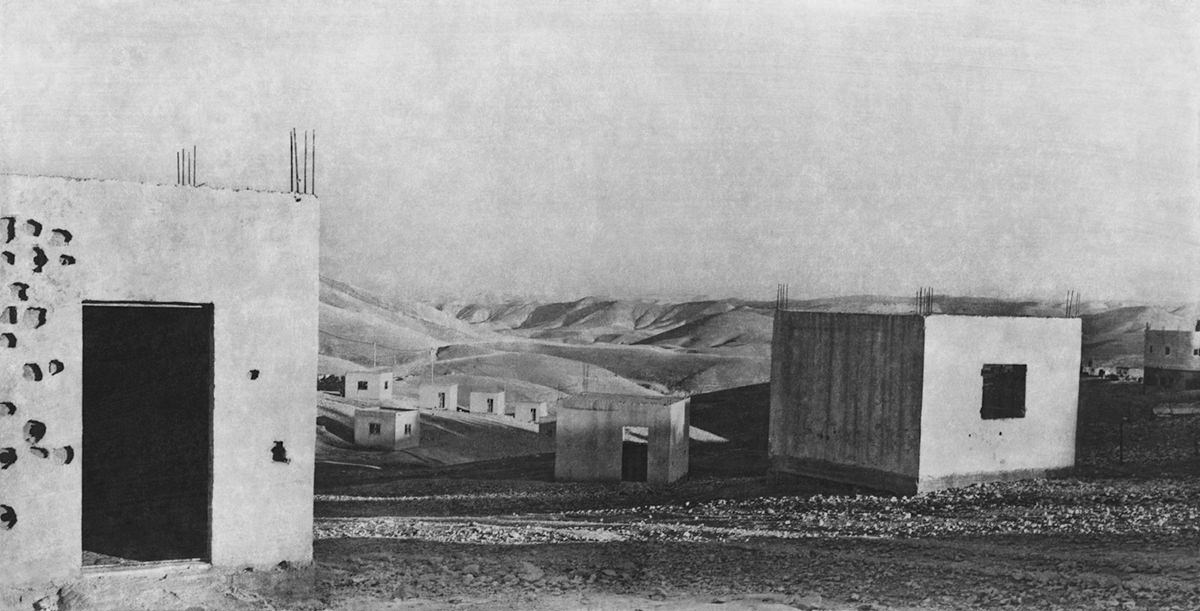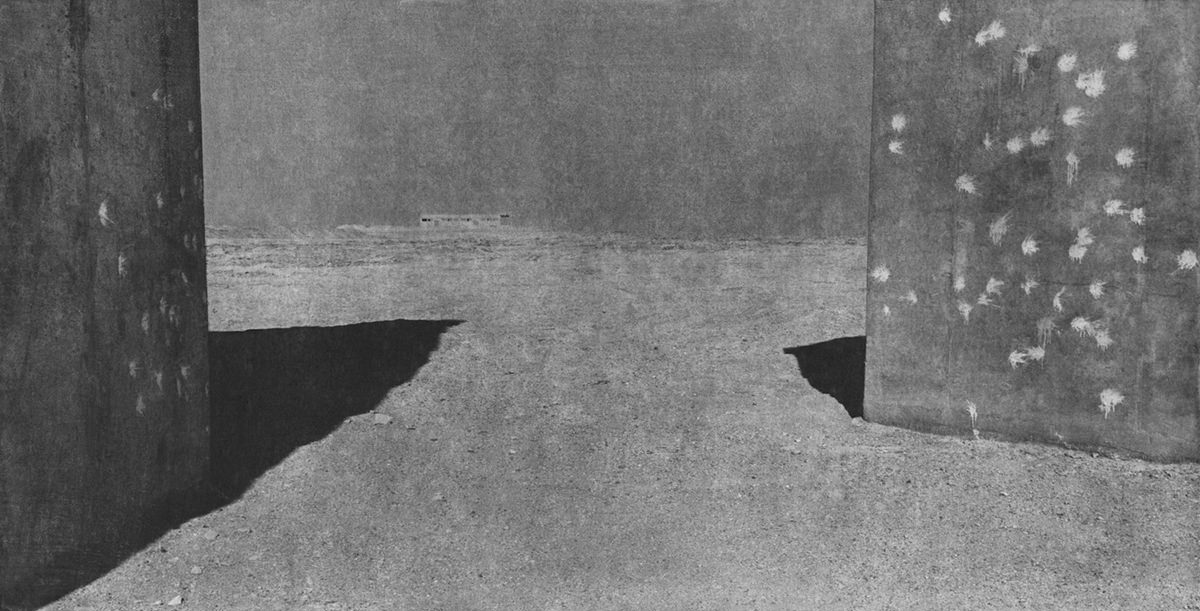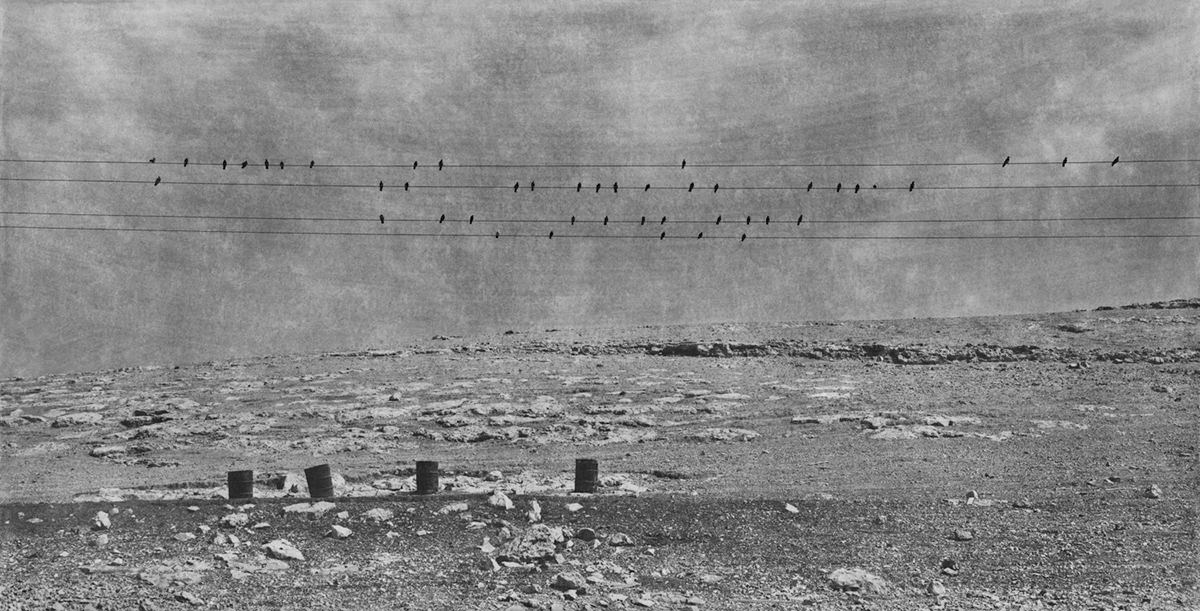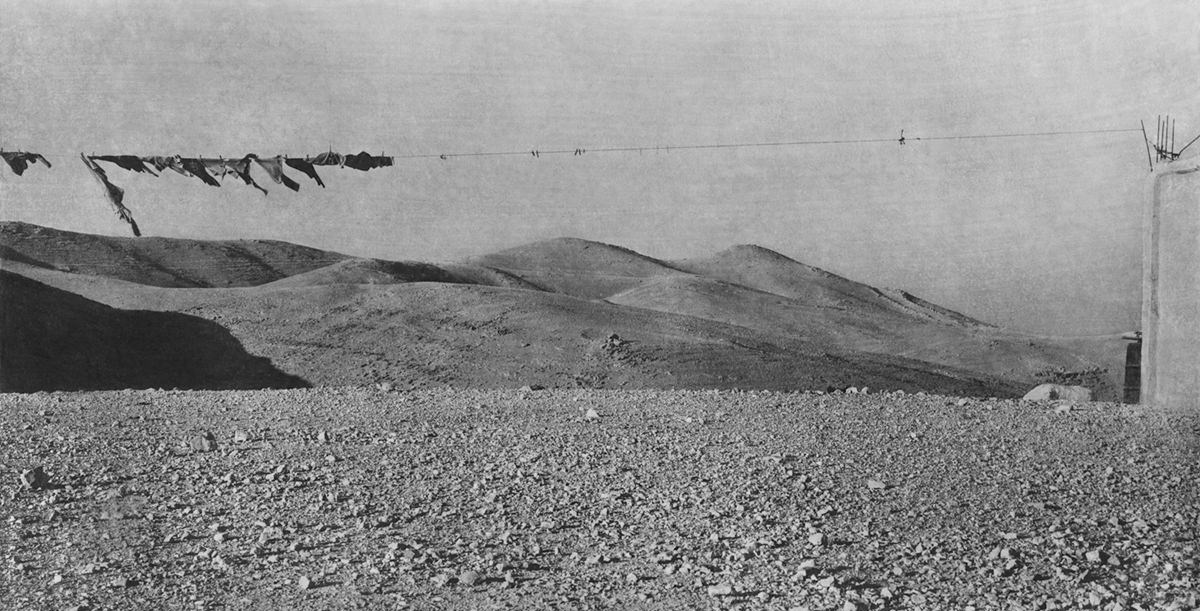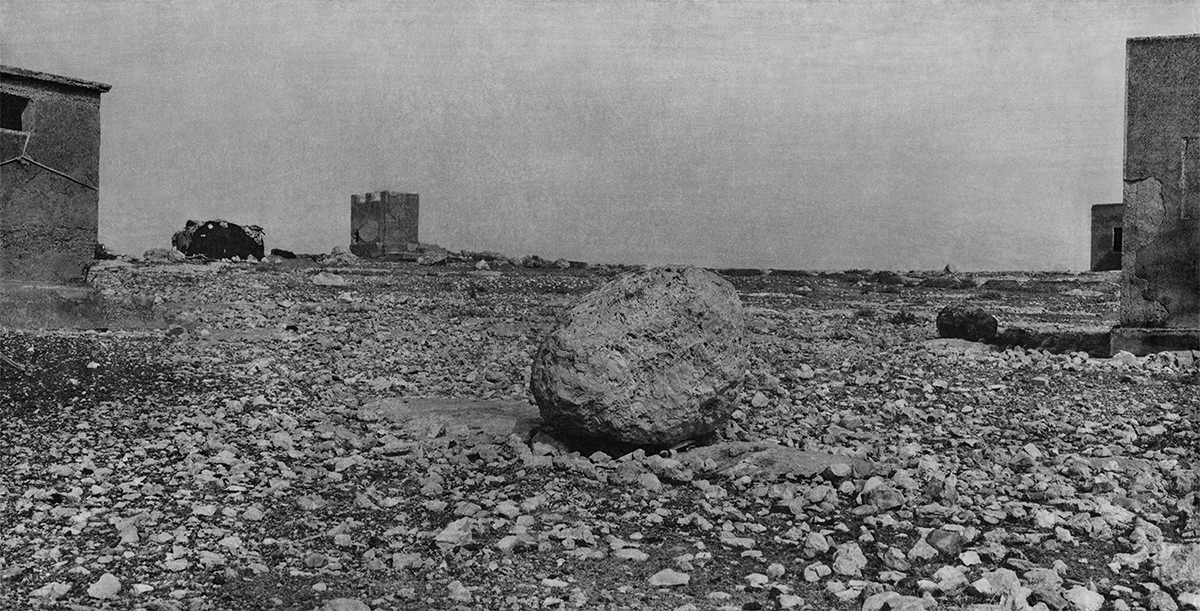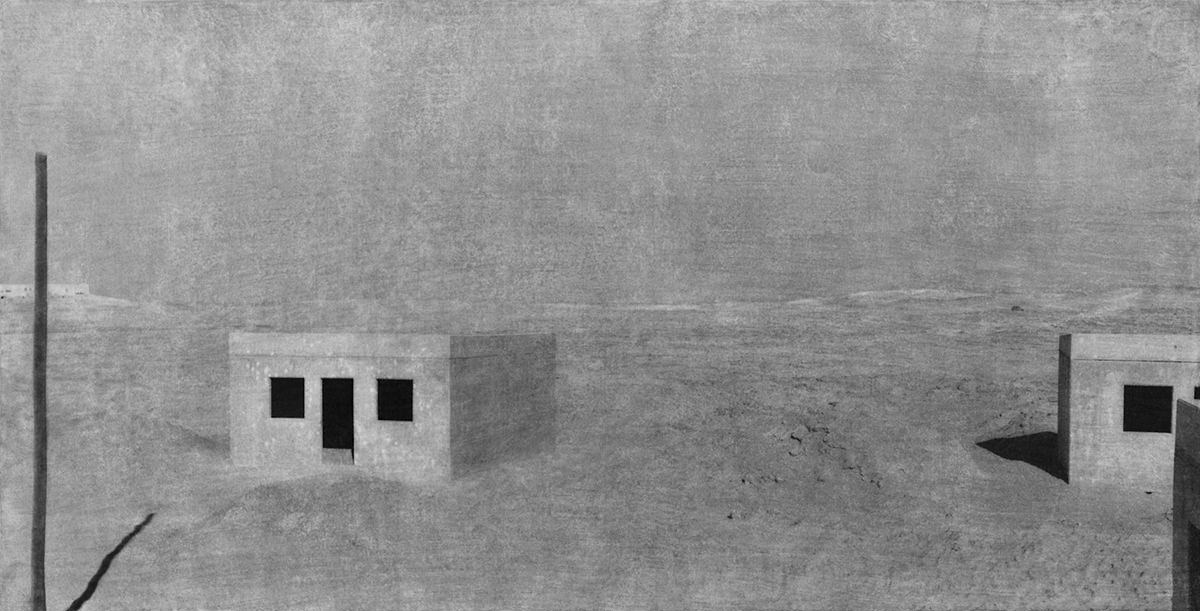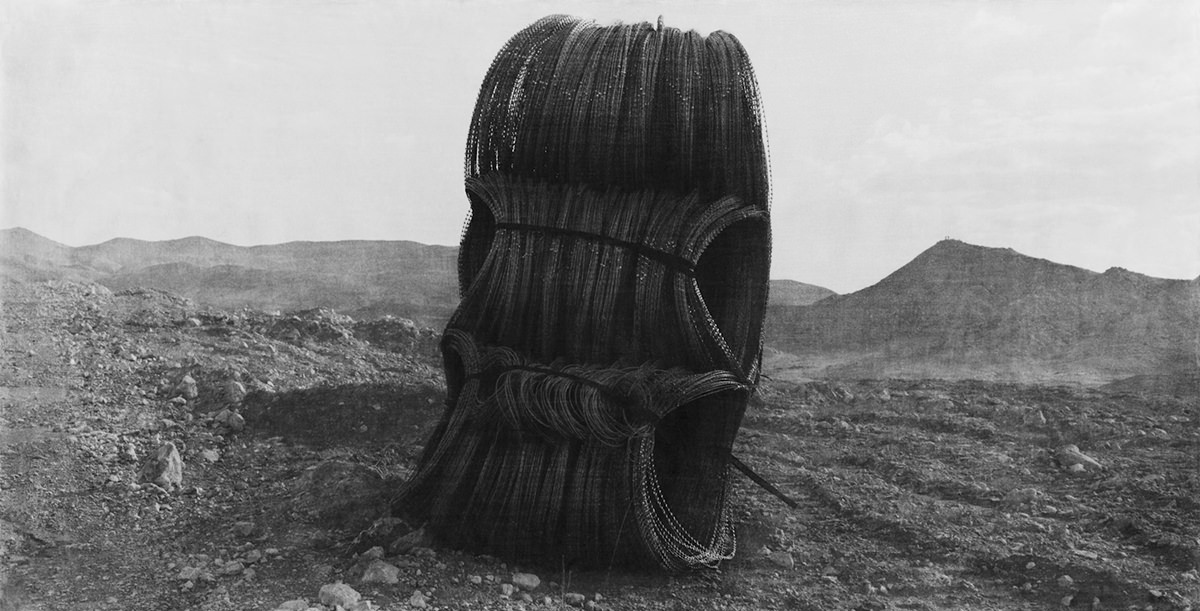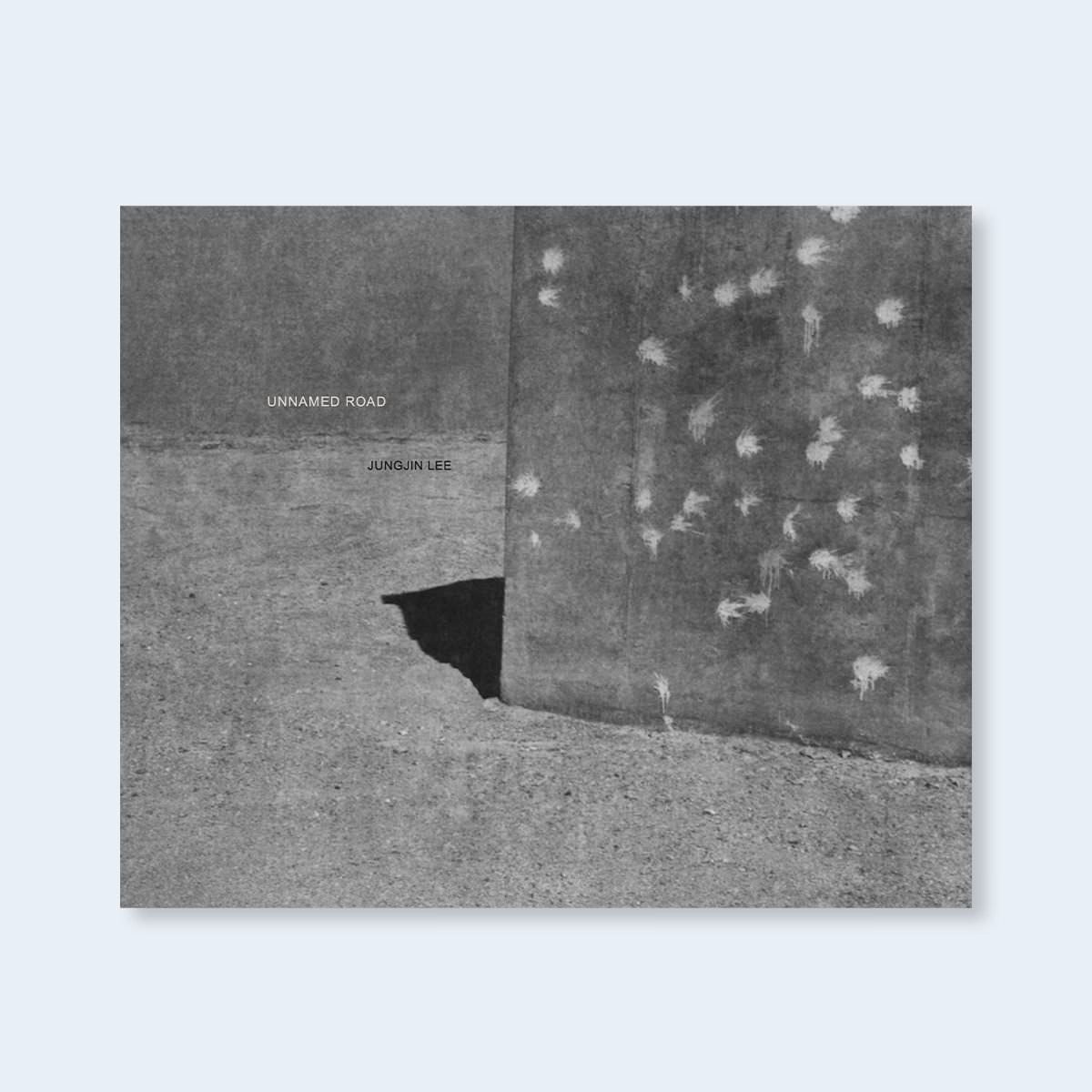Jungjin Lee: Unnamed Road
“Making pictures in Israel and Palestine was above all an emotional challenge. My photographs usually deal with something eternal in the landscape, but in this place the layers of history and conflict, fear and hostility, frustrated my camera. I happened to travel a lot in the West Bank, not for any political purpose, but because I liked the landscape between the cities. I tried to gaze at the land, without prejudice or judgment. I didn’t want to deal with the masks of the people and I didn’t want to put on my own mask. I wanted to see it as the olive tree sees it. But I felt overwhelmed by the realities around me. I felt sad and uncomfortable much of the time, and I found myself trying to make photographs in a place I didn’t want to be. It was difficult, but looking back, I can see that it forced me to change as an artist and I am grateful for that. On my final trip, I was able to see, not only the land, but my own mind, with its uneven terrain and movements, and to touch something elemental.” ― Jungjin Lee
This new, expanded edition of Unnamed Road was designed by Jungjin Lee, and published on the occasion of an exhibition at GoEun Museum of Photography in Buson, South Korea.
For Jungjin Lee, capturing the essence of the landscape serves as a journey into her own psyche. It’s an exploration of the inner thoughts and feelings of the artist, whose camera lens delves deep and transforms what it captures. In her most recent project, titled “Unnamed Road,” she approaches the disputed regions of Israel and the West Bank by focusing on the natural surroundings. Lee’s monochromatic photographs create self-contained worlds characterized by stillness and a sense of awe. Through her work, she seeks to discover something unchanging within the ever-changing landscape.
Her images convey the idea that beneath the surface fluctuations, certain fundamental truths remain constant. Just as the ocean’s surface is in perpetual motion, its depths remain unmoved and enduring. Lee describes her approach to photography as “meditative,” viewing it as an emotional and experiential moment when her inner “echo” transcends time and space. However, she faced challenges in maintaining neutrality in a region she describes as “uncomfortable.” It was only during her final visits to the sites in 2011 that she found the necessary distance, allowing her work to symbolize more than just Israel and its conflicts.
Lee’s artistic practice often revolves around the tangible aspects of printing techniques. For two decades, she employed a liquid photosensitive emulsion applied to handmade rice paper, a method reminiscent of painting. In “Unnamed Road,” digital processes were introduced for the first time, yet the resulting images remain explorations of spontaneity and imperfection. They draw the viewer into a realm where the richness of vision becomes the focal point of the work.
About the Author
Jungjin Lee, born in 1961, is a Korean photographer and artist currently residing and working in New York City. During her childhood, she devoted herself to calligraphy and later pursued ceramics at Hongik University, earning a Bachelor of Fine Arts degree in 1984. After graduating, she worked as a photojournalist and later as a freelance photographer.
In 1987, she completed a year-long project documenting the life of an elderly man who made a living by hunting for wild ginseng. This experience motivated Lee to enroll in a photography MA program at New York University.
While in New York City, Lee worked with photographer Robert Frank and embarked on a road trip across the United States. During her travels, she encountered the American desert, a landscape that deeply moved her and became the subject of several of her photographic series, including “Desert” (1990–94), “American Desert I–IV” (1990–1996), “On Road” (2000–01), “Wind” (2004–07), and “Remains” (2012–).
Lee’s series “Unnamed Road” (2010–12) was part of the “This Place” project.
In her photographic process, Lee uses a medium format panoramic camera and prints on traditional Korean paper that she sensitizes manually with a brush using Liquid Light. The print is then scanned, and Lee further manipulates the image in Photoshop. The result is a high-contrast black and white print, with the indexical brush marks still visible. Lee erases the technological capability of her digital camera to convey her emotional state of mind at the time she takes the photograph to the viewer. This process also yields an image that evokes traditional Asian ink painting.
Lee’s photographic practice holds significance in the context of contemporary Korean photography. Photo scholar and critic Eugenia Parry explores Lee’s series through the lens of Buddhist spirituality in the essay accompanying Lee’s photobook “Wind.” Parry observes that in Lee’s photographs, she contrasts discarded human life props with the land, symbolically acting as her own Buddhist teacher, inviting viewers to “observe ordinary things, embrace change, tolerate absolute incomprehensibility. Contemplate the temporal, recognize the celestial.”
Photo critic and historian Vicki Goldberg notes that Lee’s landscapes represent her own “introspective states and thoughts.” While the majority of Lee’s work focuses on the land, in several series, she explores other subjects, including “Pagodas” (1998), crumbling Buddhist sculptures, “Buddhas” (2002), everyday objects, “Thing” (2003–06), and portraits, “Breath” (2009–).

